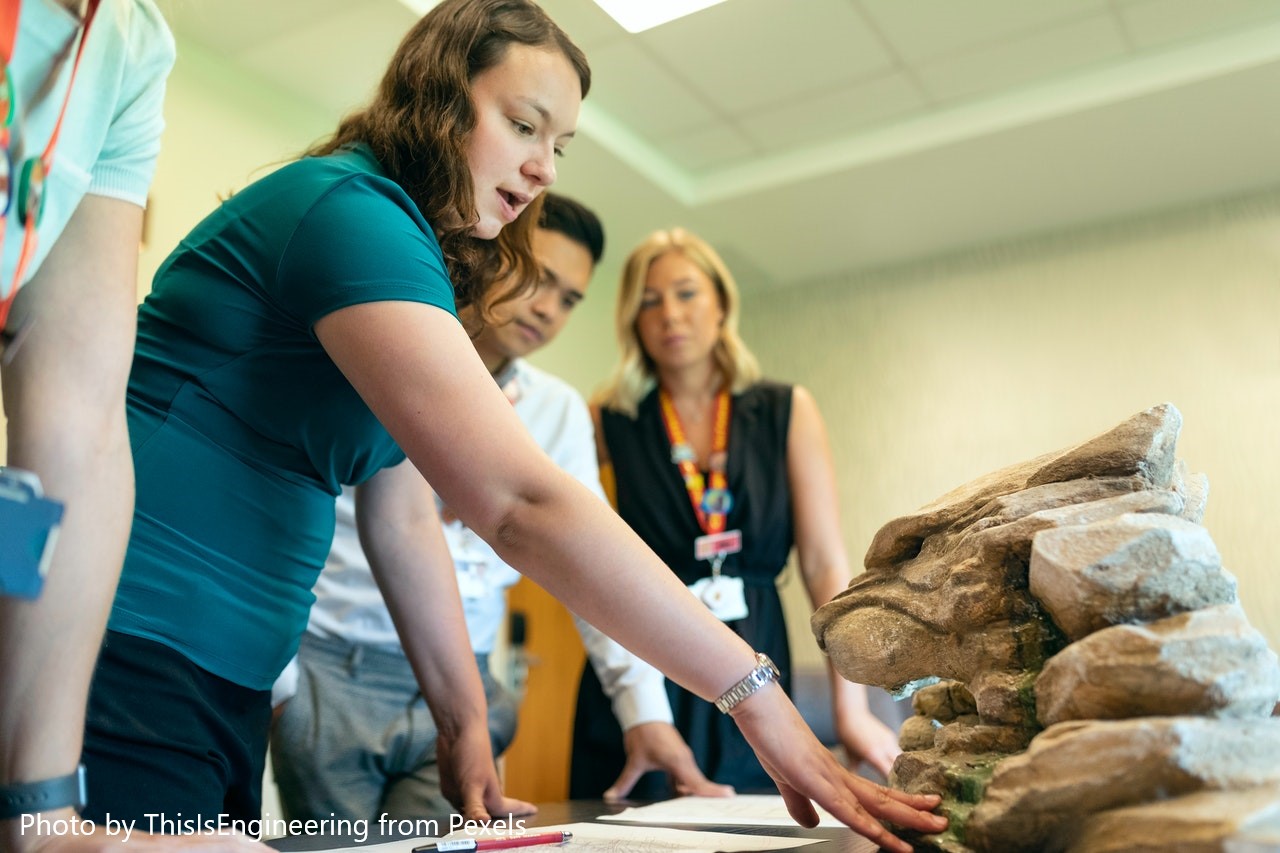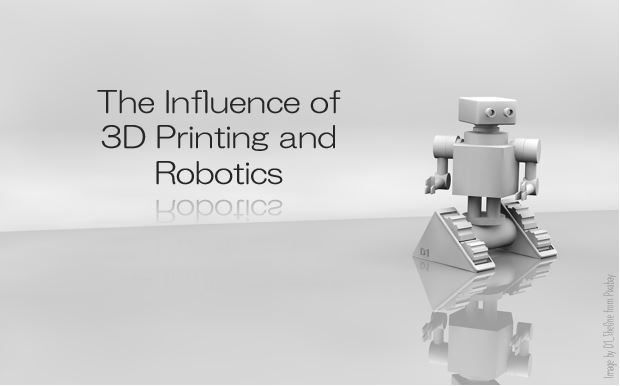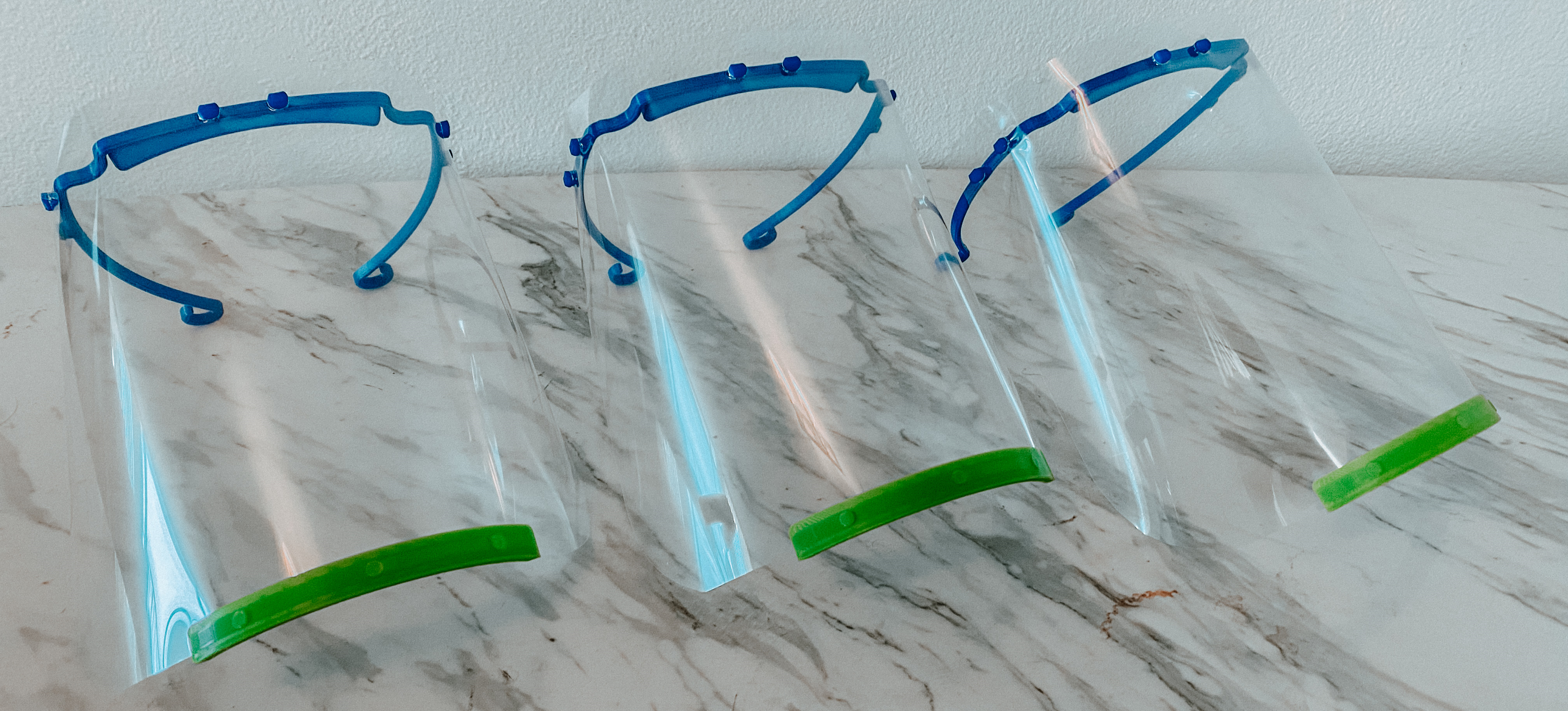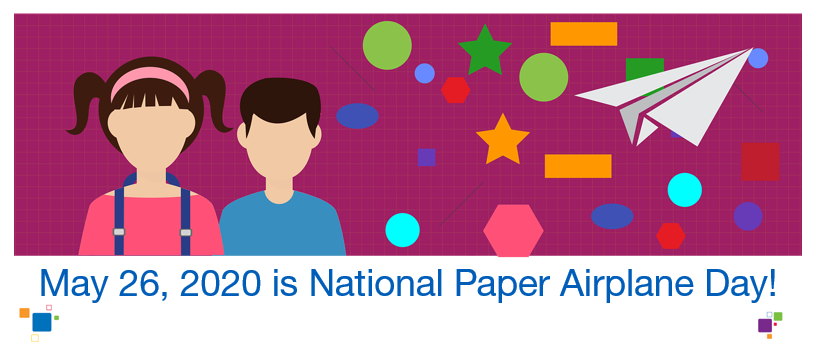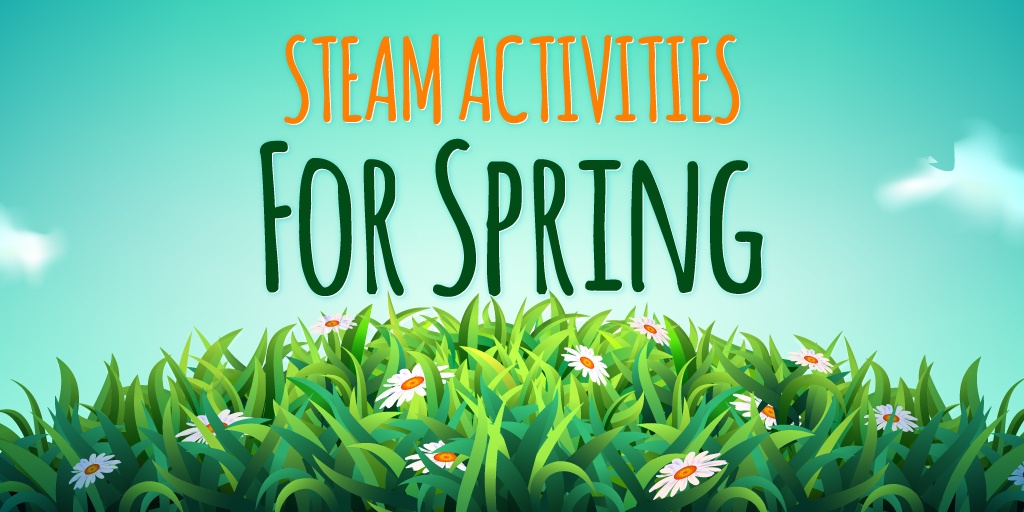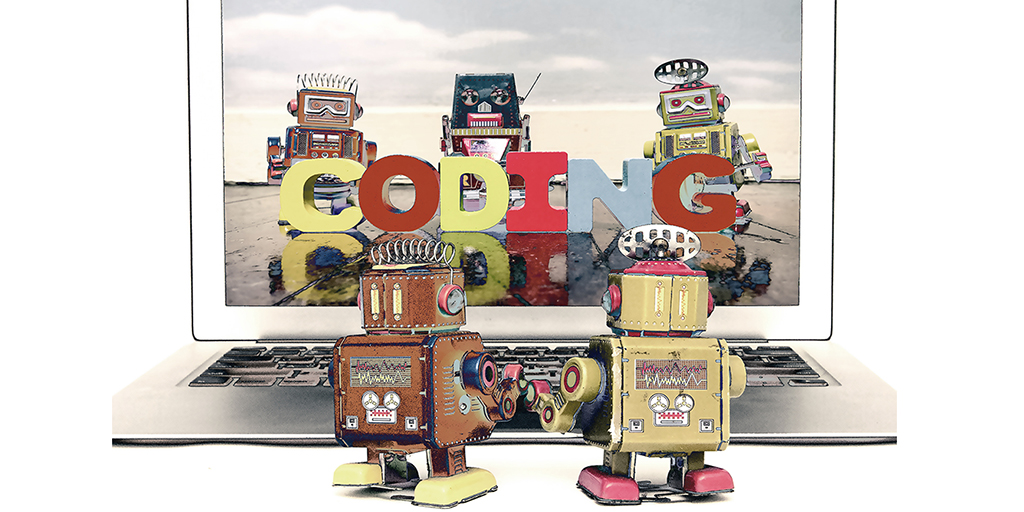Civil engineering is one of the oldest and most diverse engineering disciplines. Civil engineering is linked to advances in science and mathematics, including material science, geography, geology, hydrology, physics, transportation, construction, and mechanics.
Topics: STEM, STEAM, steam education, STEM education
Lesson Connections – the Influence of 3D Printing and Robotics
I know I’m not alone when I envisioned a future in robotics as Rosie the robot maid on The Jetsons wheeling around dusting my furniture. When I began to see the trends in education to include more robotics and coding, I thought, “Yes! I can have my own Rosie or R2D2!” But that is a simplified vision of what robotics learning, and other advanced tech such as 3D printers, can offer. Educators who were already incorporating robotics and 3D printing could see the benefit these innovations had on their students’ learning – increased engagement, improved critical thinking skills, and enhanced conversation and collaboration in the classroom.
Topics: STEM, STEAM, edtech, Robotics, technology, 3D printing
When news of the coronavirus pandemic started to hit close to home (in the U.S.), it became clear that acquiring face masks and shields was a challenge. In many areas, personal protective equipment, or PPE, were in short supply. It was vital that our frontline workers had the protection they needed to keep themselves and their patients safe. In addition, safety was an issue for daily activity by ordinary citizens.
Topics: STEM, STEAM, essential workers, 3D printing
Do you remember the first time you made a paper airplane? Who taught you to fold one? Did your plane fly? I think I was about 6 years old and my uncle visiting from the Philippines showed me how to fold one using one of my homework sheets. I was fascinated as I watched him make the folds, ensuring that each fold was precise, explaining each step. Then he took the newly built paper airplane, lifted his arm, and – whoooosh!-- it flew across my living room. It worked!! This was my first exposure to science and engineering, and it was one I often repeated throughout my elementary school years – design, construction, and test flights to identify the “perfect” paper plane. I was doing STEM before STEM was part of our educational vocabulary! Well, today is National Paper Airplane Day and this is the perfect time to explore the different areas of STEM with one activity.
Topics: STEM Lessons, tips for teachers, STEM
I really enjoy my work. Part of what I do puts me in situations where I learn new things and more about topics I thought I already understood. It is the second part of that sentence that tends to humble me fairly often.
When I talk to kids about space, I often tell them we know about this much about space, as I hold my fingers close together, and that there is this much to know, as I spread my arms out as far as I can.
As I walked out of a recent meeting, I began to think about how it is easy to become impressed with what we think we know when the simple fact is that there is so very much more to understand. We are separated from our students’ level of understanding by a very thin margin.
You may have seen media stories of the air being clearer since stay-at-home directives have been implemented in different areas of the world (Los Angeles, India). NASA satellite data actually shows a 30-percent decrease in air pollution over the northeast United States (click on the link to view slider image: Drop in Air Pollution). What does this all mean for our climate? How are your children and/or students reacting to the changes? Do they realize there are changes at all? This may be an opportune time to include climate change into your instructional plan, especially with the focus of Earth Day 2020 being climate action. So how can you do it? Here are 7 ideas to try:
Topics: Education Technology, Activities, Science Lessons, STEM Lessons, collaborative learning, Labdisc, STEM, STEAM, climate change
We’re a couple of weeks into spring and most of us are hunkered down at home, trying to create fun learning experiences for our children and/or students. With limited access to science kits, labs, and high tech tools, what can be used at home to boost STEAM (science, technology, engineering, art, and math) learning? Here’s a list of our favorite 10:
Topics: STEM Lessons, recursos para directores de escuelas, STEM, STEAM, Parent resources, homeschooling, homeschool, distance learning, learning resources
I’m still fairly new to the coding game. In November 2018, I finally enrolled in a Code.org class held near me. I loved this free class and wanted to try it out with my students. However, I didn’t feel like the timing was right for me to participate in the Hour of Code taking place just a couple of weeks following my training. After all, I was still learning myself and only beginning to teach the Code.org curriculum to my third and fourth graders. So, I bowed out of the Hour of Code in December 2018, thinking I’d try it the next year.
Fast-forward to December 2019. I now had a year of experience teaching the Code.org curriculum. This year, I even included my second graders in coding activities. By the time December rolled around, I was ready. I had already signed up for the Hour of Code and had a plan of action.
Space: The final frontier. A topic that is touched on in many science classrooms, but rarely finds a foothold in the major learning of our students. Learning about space provides opportunities to not only teach the Next Generation Science Standards (NGSS), but also allows students to think, dream, and wonder.
As a classroom teacher of science or any other discipline, the topic of space can be a great crosscutting concept. As teachers dive into the NGSS, they can use these cross-curricular ideas to engage and deepen student learning.
Topics: STEM Lessons, STEM
Today’s educators know how vital STEM fields are for their students. STEM learning covers a multitude of necessary skills: hands-on, critical thinking, problem solving, student-driven, creativity, innovation, collaboration, inquiry, leadership, and teamwork. These skills will help today’s students excel in STEM careers, which are growing at a rate of 17%—compared to 9.8% in other professions.
Robotics and coding are becoming more and more popular for incorporating STEM in the classroom. Both activities are engaging for students while providing the ability to apply their knowledge of science, mathematics, and technology to solve problems.
Interesting in incorporating these activities into your classroom? Here are our top picks for robotics and coding resources:
Topics: STEM

